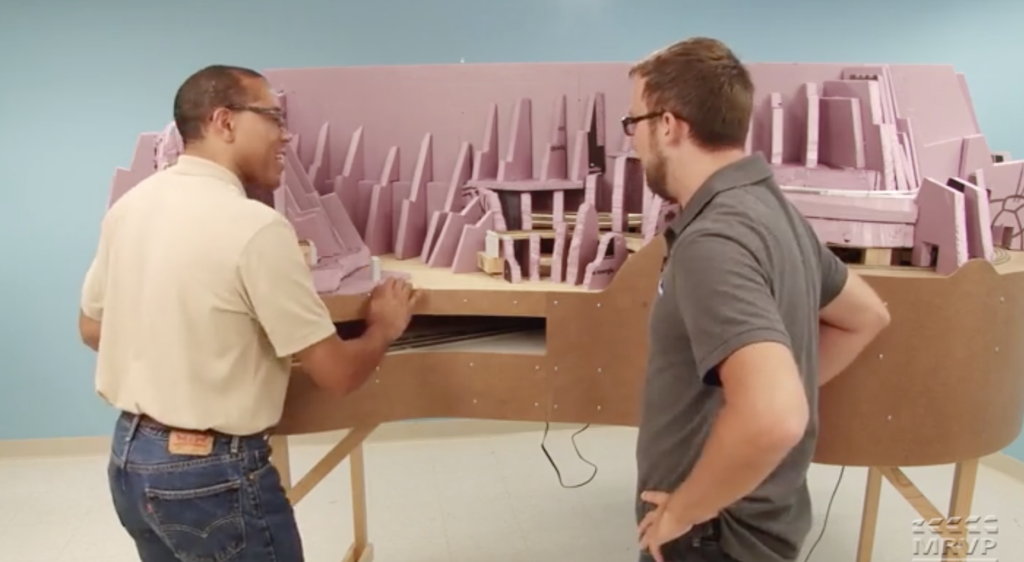
Having trouble viewing this video? Please visit our Video FAQ page After a quick overview of the foam forming techniques KJ and Drew used thus far, the two turn their attention to shaping the rugged, eroding rock faces for our Canadian Canyons N scale layout project. They share helpful materials, techniques, and tools you […]
Read More…

After a quick overview of the foam forming techniques KJ and Drew used thus far, the two turn their attention to shaping the rugged, eroding rock faces for our Canadian Canyons N scale layout project. They share helpful materials, techniques, and tools you can use on your own mountain making efforts! […]
Read More…
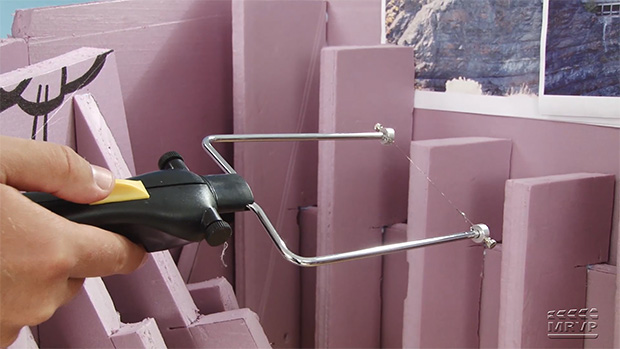
Having trouble viewing this video? Please visit our Video FAQ page Drew and Kent don’t have glaciers at the ready to help form the mountains on our Canadian Canyons N scale layout project, but they DO have some handy tools! In this segment, the two share an array of knives, tools, and techniques they […]
Read More…

Drew and Kent don’t have glaciers at the ready to help form the mountains on our Canadian Canyons N scale layout project, but they DO have some handy tools! In this segment, the two share an array of knives, tools, and techniques they used to carve a rough profile into the foam insulation board pieces. […]
Read More…
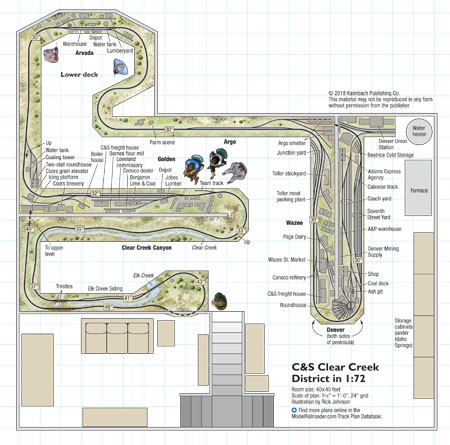
Name: Colorado & Southern Clear Creek District Layout owner: Doug Tagsold Scale: 1:72 Size: 30 x 40 feet Prototype: C&S Clear Creek District Locale: Denver west into the Rocky Mountains Period: 1920s Style: double-deck linear walkaround (roll-around) Mainline run: 450 feet plus 150-foot branch line Minimum radius: 24″ Minimum turnout: no.6 Maximum grade: 3 […]
Read More…
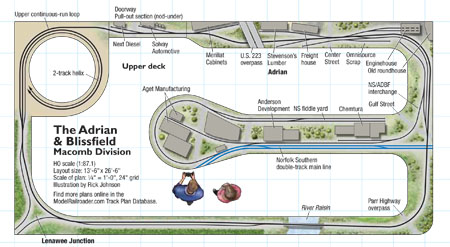
Name: Adrian & Blissfield Macomb Division Layout owner: Ron Griffin Scale: HO (1:87.1) Size: 13′-6″ x 26′-6″ Prototype: Adrian & Blissfield RR Locale: southeastern Michigan Era: 2010 Style: multi-deck walk-in Mainline run: 240 feet Minimum radius: 24″ Minimum turnout: no. 5 Maximum grade: 2.5 percent in helix Train length: 5 feet Benchwork: brackets cantilevered from […]
Read More…
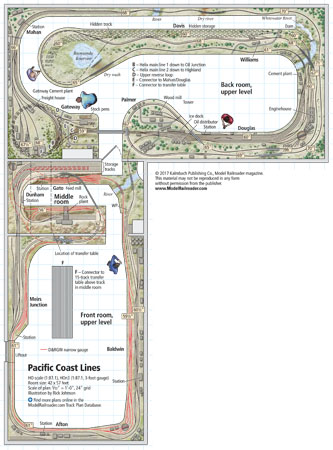
Name: Pacific Coast Lines Layout owner: Steve Mahan Scale: HO (1:87.1), HOn3 (1:87.1, 3-foot gauge) Size: 42 x 57 feet Prototypes: Atchison, Topeka & Santa Fe; Southern Pacific; Union Pacific; Western Pacific; Denver & Rio Grande Western Locale: Southern California Era: 1952-1960 Style: multi-deck walk-in Mainline run: 1,600 feet Minimum radius: 36″ Minimum turnout: no. […]
Read More…
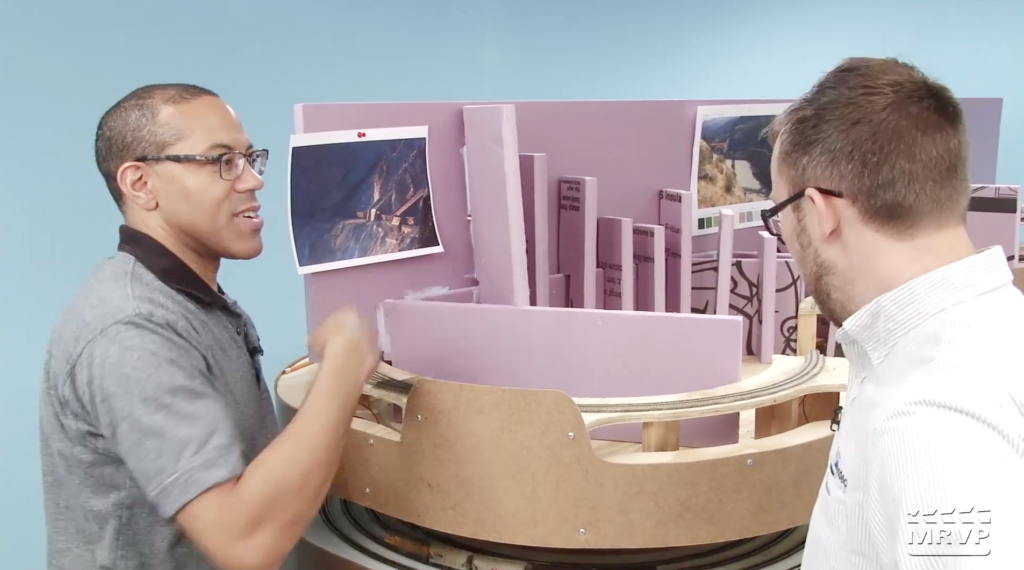
Having trouble viewing this video? Please visit our Video FAQ page Our Canadian Canyons N scale layout project would certainly be flawed without adding tunnels (and slide sheds) to the Fraser and Thompson River segments. No worries! Drew and Kent show how to plot out and install one of the many foam-built tunnels they […]
Read More…

Our Canadian Canyons N scale layout project would certainly be flawed without adding tunnels (and slide sheds) to the Fraser and Thompson River segments. No worries! Drew and Kent show how to plot out and install one of the many foam-built tunnels they need to make the layout scenes look credible. […]
Read More…
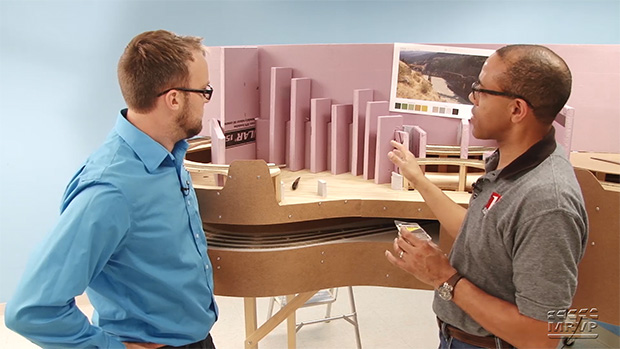
Having trouble viewing this video? Please visit our Video FAQ page Drew and Kent keep the scenery effort moving forward. In this episode of our Canadian Canyons N scale layout project, the two share how they attached “ribs” to the spine they just installed. Once this rough cut of the scenery substructure is in […]
Read More…

Drew and Kent keep the scenery effort moving forward. In this episode of our Canadian Canyons N scale layout project, the two share how they attached “ribs” to the spine they just installed. Once this rough cut of the scenery substructure is in place, you’ll begin to see how impressive the mountainside will be! […]
Read More…

Having trouble viewing this video? Please visit our Video FAQ page MR’s Cody Grivno lends a hand to our Canadian Canyons N scale layout construction effort. Detailing trackwork is Cody’s forte, so in this video he’ll demonstrate the steps for painting and weathering a main line laid on concrete ties. Plus, he also shows […]
Read More…








